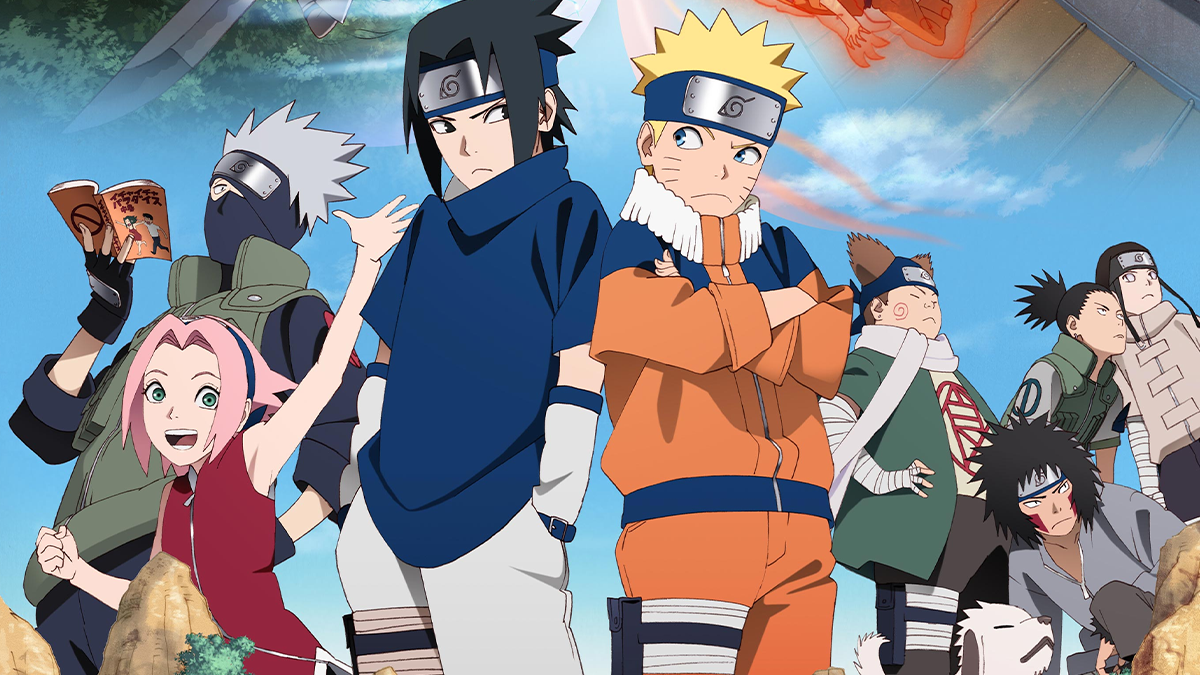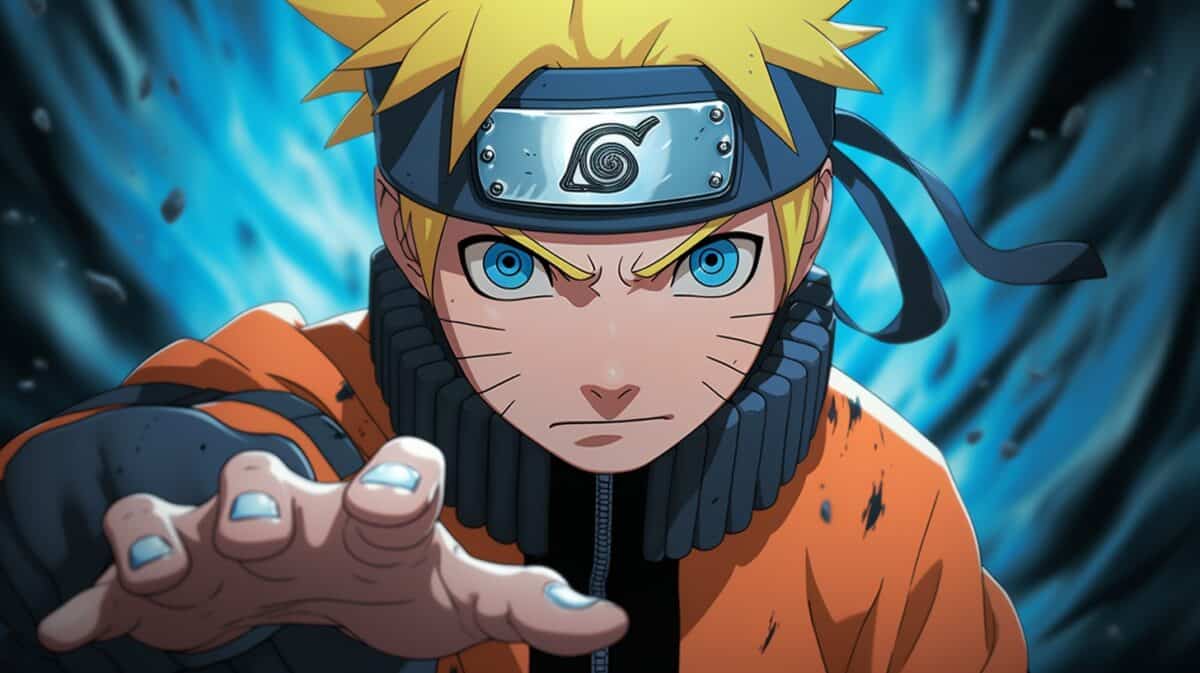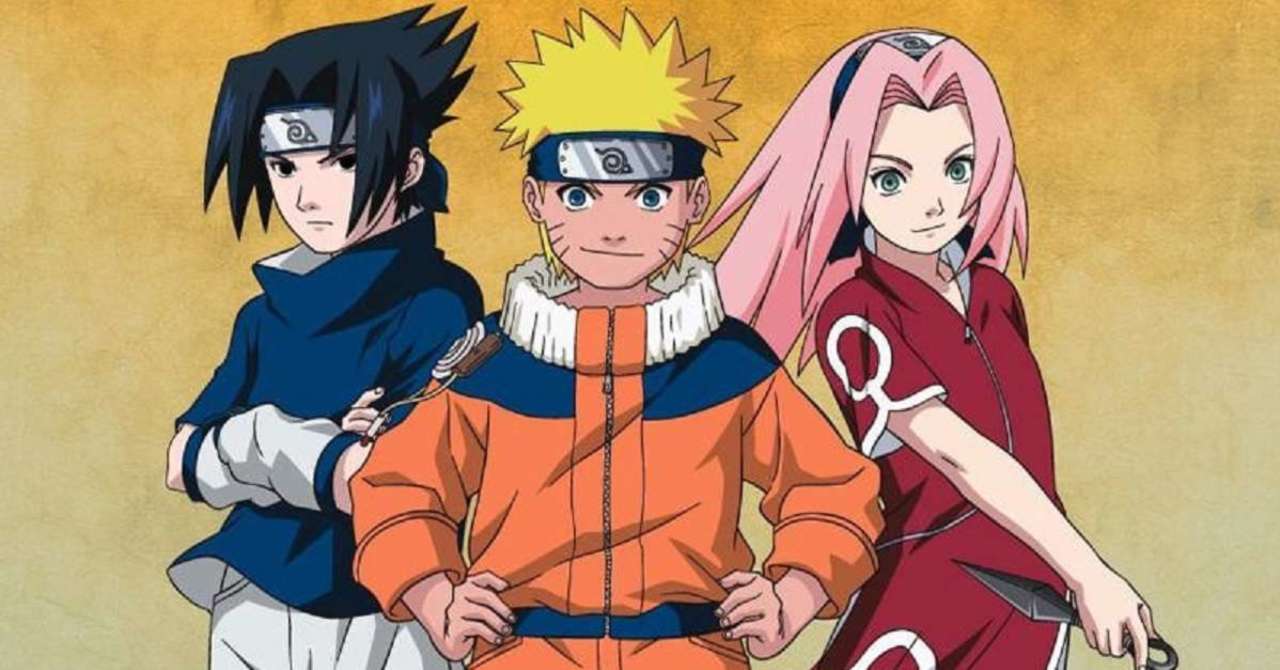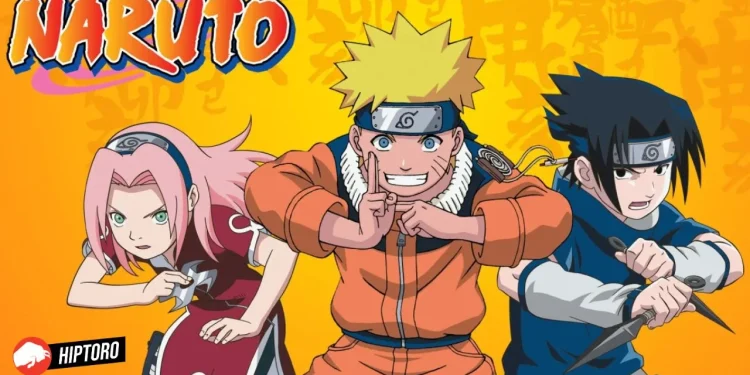In the realm of anime and manga, few stories have captivated audiences like “Naruto.” This epic tale of Naruto Uzumaki, a young ninja with dreams of becoming Hokage – the strongest and most respected leader in his village – has etched itself into the hearts of millions. However, even this beloved series is not without its flaws, and one stands out glaringly: the handling of Naruto’s lifelong dream.

The Golden Age of Naruto
Naruto’s journey is nothing short of a rollercoaster. Beginning as an underdog, he climbs the ranks of the ninja world with sheer determination and heart. The series, especially in its earlier stages, was a masterclass in storytelling. Introducing a cast of compelling characters and formidable villains, it created a world where the bonds of friendship and the trials of battle went hand in hand.
As the story progressed, so did its popularity. The series reached its zenith during the Pain’s Assault arc, widely regarded as the pinnacle of “Naruto.” Unfortunately, this high was followed by a gradual decline, particularly noticeable after the Fourth Great Ninja War arc. The story’s quality wavered, and the handling of villains like Madara was met with mixed reactions. Yet, it was the series’ final chapters that truly disappointed fans.
My favorite scene from Naruto The Last ⚡️
— Sasuke Daily (@sasukedailydose) November 30, 2023
The Hokage Dream Deferred

From the outset, Naruto’s goal was clear – to become the Hokage. His journey towards this dream was marked by significant milestones, including his return after training with Jiraiya and his heroics during the Fourth Great Ninja War. However, the series faltered in bringing this dream to a satisfying conclusion.
The series’ end saw a sudden timeskip, with Naruto unexpectedly appearing as the Hokage, devoid of any buildup or portrayal of his ascension to the role. This abrupt leap left fans bewildered and dissatisfied, as the buildup to this momentous achievement was conspicuously absent.
The original manga ended with Naruto already as Hokage, skipping the actual moment of his ascension. The anime, strangely, concluded with Naruto’s marriage to Hinata, sidestepping his dream entirely. This approach to the series’ climax left a void for many fans, as they had journeyed with Naruto, aspiring to see him fulfill his dream.
The Disconnect in Boruto
With “Naruto” concluding, hopes were pinned on “Boruto,” the sequel series focusing on Naruto’s son. Fans yearned to see more of Naruto’s life as Hokage and the fates of other beloved characters. However, “Boruto” deviated significantly from these expectations.
The series, while initially touching upon Naruto’s role as Hokage, soon shifted focus to the new generation, sidelining Naruto and Sasuke. This decision was met with criticism, as it seemed to undermine the legacy of the series’ most iconic characters. The reluctance to phase out these characters, coupled with a hesitance to focus on them, resulted in a narrative that neither honored the past nor fully embraced the future.

Conclusion: A Legacy in Limbo
The “Naruto” series, with its rich narrative and beloved characters, has left an indelible mark on the anime world. However, its handling of Naruto’s dream and its subsequent treatment in “Boruto” remain contentious points among fans. While the series continues to hold a special place in many hearts, its conclusion and sequel have left a bittersweet aftertaste.
“Naruto” remains a testament to the power of storytelling in anime, yet its legacy is somewhat tarnished by the missed opportunities in its final chapters. The series stands as a reminder that even the most extraordinary journeys can falter in their final steps.










